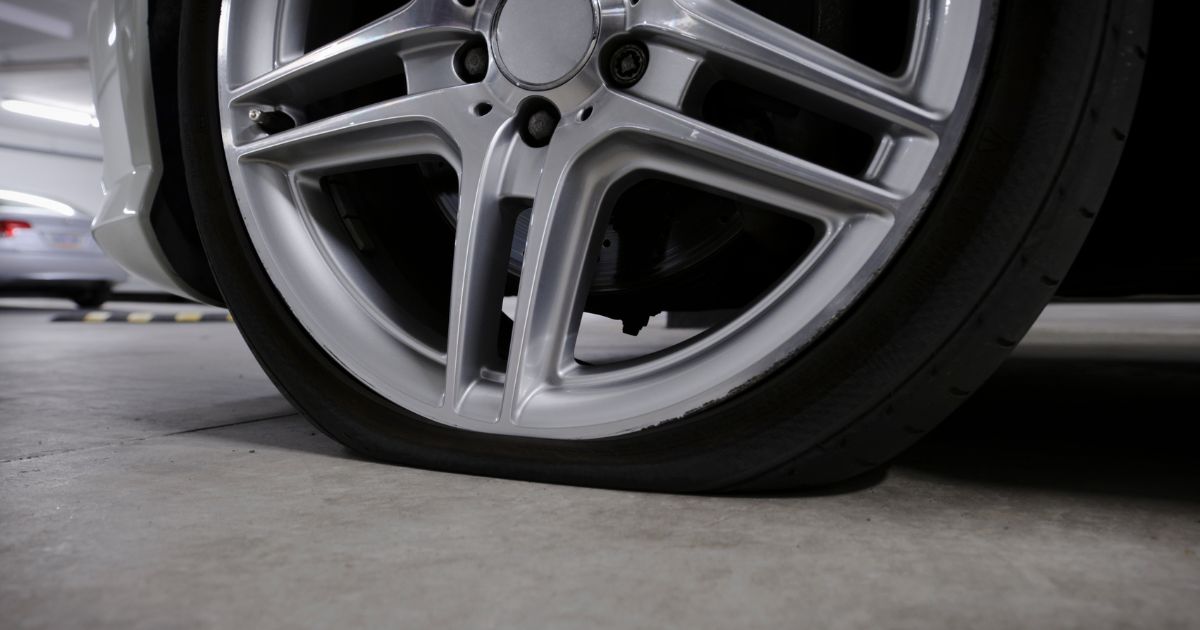MENU
- Home
- Overview
- Attorneys
- Practice Areas
- Firm News
- Blog
- Contact

Most car accidents are caused by reckless driving, such as speeding, distracted driving, or aggressive driving. However, some car crashes are caused by mechanical issues or poor maintenance. One of those issues that can affect a vehicle’s performance is underinflated tires.
Most people think underinflated tires cannot be that dangerous. However, data from the National Highway Traffic Safety Administration revealed that tires that are 25 percent below their recommended PSI levels are three times more likely to be involved in a crash. If your tires are underinflated, it can cause your car to not perform properly. Here are some of the things an underinflated tire can do to the performance and handling of your vehicle:
The easiest way to tell if your tires do not have enough PSI pressure is to test them periodically. You should keep a small, cheap tire pressure gauge in the glove compartment of your vehicle. Make sure to test the tires at least once a month, and you should do so more often in the winter.
If you do not know what the proper PSI pressure level is supposed to be for your particular tire size and brand, it is usually written on the side of each tire. It will also be listed in the car’s manual. Also, most gas stations have air pump stations where you can pump your tires. At these stations, there is always a PSI gauge that you can use.
Another way to tell if you need to increase your PSI is by eyeballing it, although this is not the best way to check. If your tire is deflated enough but not flat, it will be obvious. Make sure to check your tire pressure in the morning or after the vehicle has been sitting for several hours. If you check it after driving it, the air in the tire will be heated and could affect the accuracy of the tire pressure gauge.
Suffering from serious injuries due to a tire-related car accident can be a traumatic experience. Not only are you worried about healing, but you will have to worry about medical bills and possibly lost wages. You do not have to go through it alone. If you need legal assistance, speak with one of our Wilmington car accident lawyers at Jacobs & Crumplar, P.A. Complete our online form or call us at 302-656-5445 to schedule a free consultation. Located in Wilmington and Millsboro, Delaware, we serve clients in Dover, New Castle County, and Sussex County.